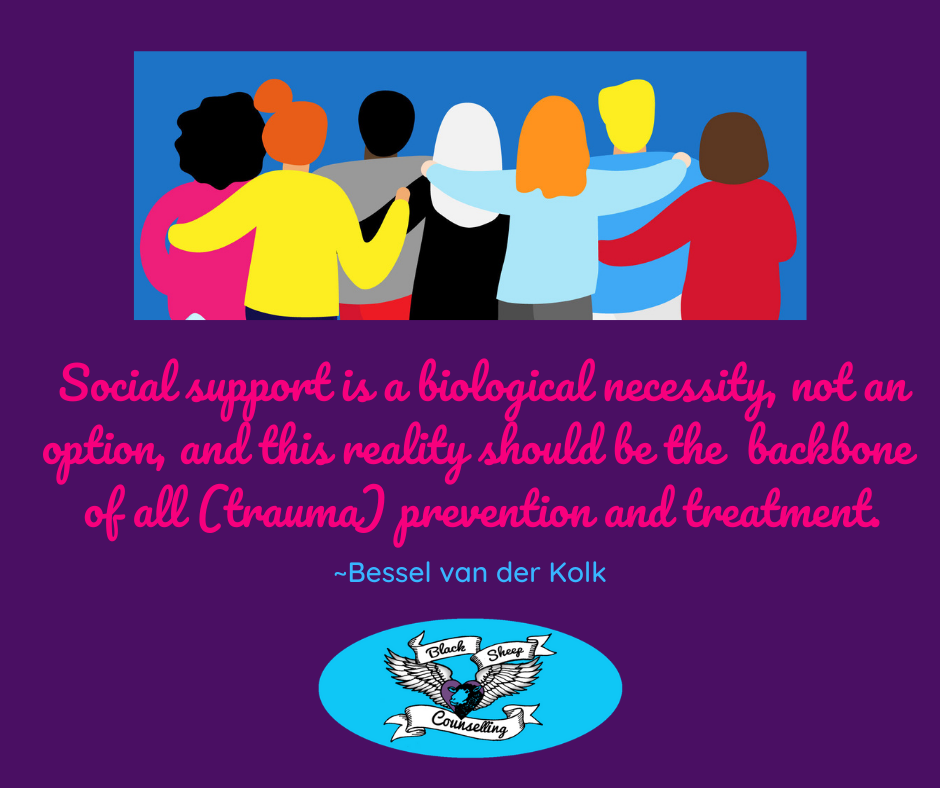Bend, not Break

As evidenced by the research of esteemed neuroscientist Louis Cozolino, 90% of the present moment is defined by our past experiences. Fear receptors in our brains act on information a split second before our thinking brain can come online. The fear is conditioned which means that you’ve associated something with negative experiences: a perceived threat. A psychological fear response is initiated upon first exposure and develops over time, often acting like a form of memory outside of our conscious awareness. While this is designed to keep us safe, sometimes it acts like an over sensitized smoke detector that goes off when we simply are making toast, rather than its intended purpose: alerting us to the possibility of the house at risk of being on fire. When we feel activated by people, things, or events that do not need to raise our fear receptors, it impedes us from living our best lives.
Most often, the stored implicit memories are just reminders of the past and no actual threat may be present; however, our fear brain cannot decipher the difference. These past moments of fear, anxiety, and anger influence how we make sense of the world in the present. Prior to the research advances in neuroscience, we used to believe that these fear memories were permanently “fixed” and there was nothing we could do to alleviate fear-based disruptions.
Extreme stress and traumatic events cause disruptions of neuroplasticity* by a loss of synapses, creating neural looping such as negative self-appraisals, limiting beliefs and fear-based memories. Fortunately, there is hope for change…..
Neuroplasticity: Bending without Breaking
Our bodies and immune systems have a natural inclination towards healing from disease and illness. Similarly, so do our brains. *Neuroplasticity is the structural remodeling/rewiring on the brain; the ability to change its structure throughout life by reorganizing neural connections and creating new neural pathways. Simply put, our brains can be remolded, like plastic. Neuroplasticity evidences the capacity to bounce back from adversity byway of our abilities to develop new mindsets, expand more adaptive memory responses, and acquire new skills.
How to Foster Neuroplasticity:
- Psychotherapy this involves so much more than merely talking about your problems. We heal in relationship: activating our social engagement systems with a trusted other creates new, more adaptive neuropathways that can act in a corrective way to reset that over sensitized smoke alarm so it will no longer go off when we make toast. Therapy also provides psychoeducation, helps foster resilience and new coping strategies, builds awareness of your thoughts, emotions and behaviours, and make desired changes to move towards your preferred Self.
- Prioritize play and novel activities (for more: https://blacksheepcounselling.com/2020/03/the-importance-of-play/)
- Practicing and repeating positive activities (these can even be mentally rehearsed)
- Engage in mental training strategies such as mindfulness (for more: https://blacksheepcounselling.com/2020/01/why-mindfulness-2/)
- Develop a sense of meaning and purpose (rather than chasing happiness – for more on this concept, see here: https://blacksheepcounselling.com/2017/12/happiness/)
- Immerse yourself in enriched and stimulating environments (these can even be online workshops or chat rooms during these socially-distanced times)
- Practice gratitude. There is a scientific process called “self-directed neuroplasticity”. When we focus our attention on the things we are grateful and happy about, such as our accomplishments, our creature comforts, our abilities, skills, and health, as well as the people we love and appreciate, we start to generate new neuropathways (this takes on average 21-28 days).
- Engage in acts of generosity *Our brains have two amygdalae – a left and a right (located in the subcortical brain). The left amygdala gets most of the attention because it is known for keeping us safe and alive; it is where our animal defenses are located (fight, flight, freeze, submission/feigned death). Our right amygdala also keeps us safe, but with its emphasis on connection and community. As Brené Brown’s groundbreaking research in the areas of shame and vulnerability have illuminated, we humans are hard-wired for connection. We need connection to move from surviving as a species, to thriving. The feel-good chemical of dopamine courses through our bodies when we do something kind for someone; we quite literally, are biologically designed to feel good when we help one another (people sometimes ask me if my job as a counsellor is hard or depressing, and I assure them it is not: I get to love people for a living…what a feel-good way to spend my working days!).
- Engage in positive social interactions

What role do fear responses play in your life? Does knowing about neuroplasticity help you believe in your own sense of healing and resiliency?
As the mind changes, so too does the brain.

References:
Banich, M. T., & Compton, R. J. (2017). Cognitive neuroscience (4th ed.). Belmont, CA: Wadsworth, Cengage Learning.
Sadock, B. J., Sadock, V. A., & Ruiz, P. (2014). Kaplan and Sadock’s synopsis of psychiatry: Behavioral Sciences/Clinical Psychiatry (11th ed.). Philodelphia, PA: Lippincott, Williams, and Wilkins.
Sah, P., Faber, E., Lopez De Armentia, L., & Power, J. (2003). The Amygdaloid Complex: Anatomy and Physiology. Physiological Reviews, 83(3), 803-834. doi:10.1152/physrev.00002.2003
